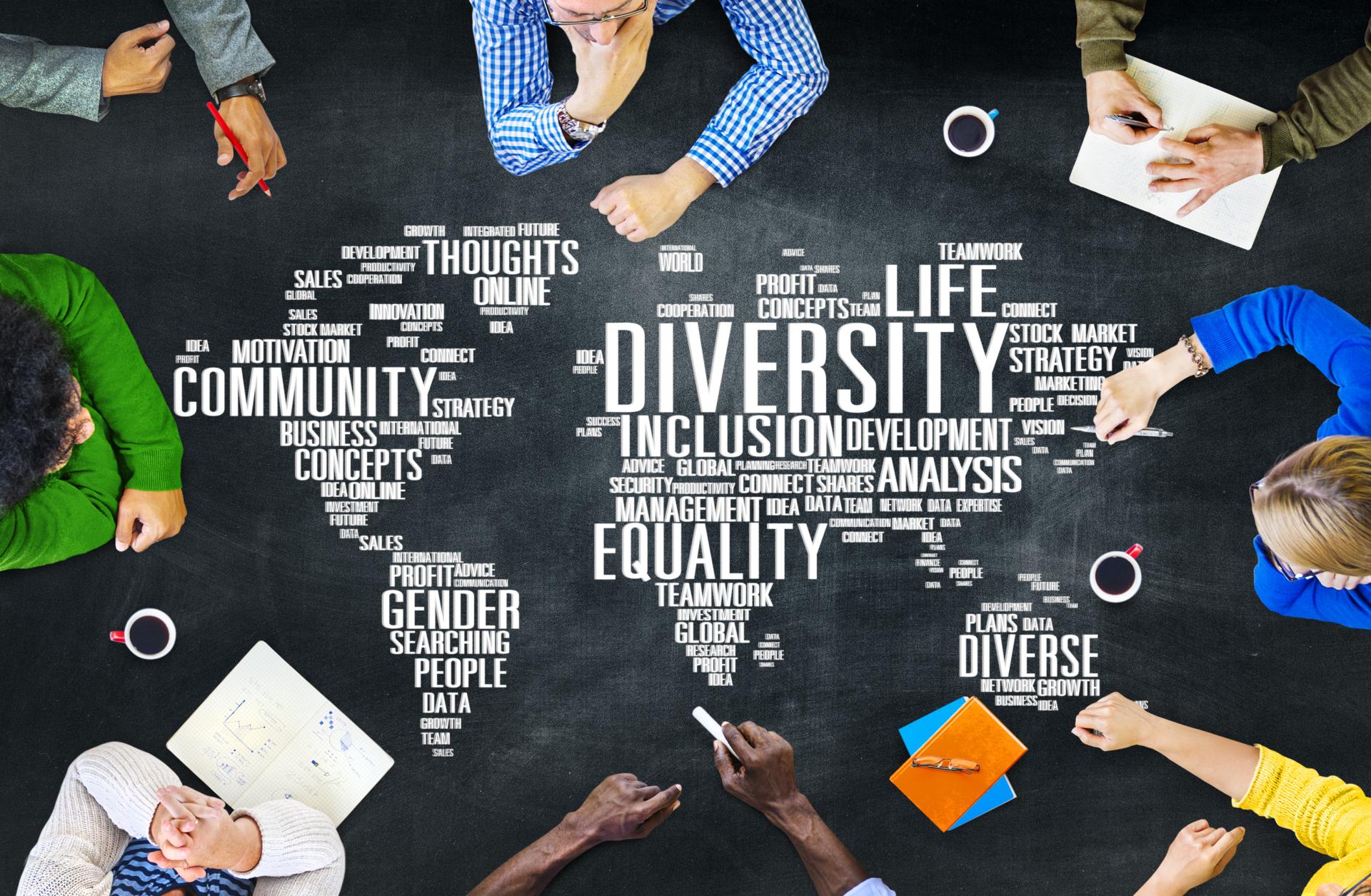A Business Trip to India
CHARLES SEROCOLD
Cultural differences exist, even within our own countries. Consider the US: Manhattan residents are very different from Anchorage residents; Los Angeles residents are different from Salt Lake City residents. The primary questions are: what are the key areas of difference? And how should I respond?
Now imagine how much larger a difference there is between the US and a country like India.
When I first visited India, I was scheduled to meet the CEO and some of his colleagues at their headquarters in Mumbai (formerly Bombay). I arrived ten minutes late owing to the traffic and the CEO arrived twenty minutes after me. He was extremely cordial, wore jeans and a button-down shirt and shook my hand graciously. He requested coffee in Hindi from his secretary and, since I was scheduled to remain in Mumbai for four days, we spent the hour making small talk, looking around the office and informally meeting a few of his colleagues some of whom were traditional Indian clothes such as sarees and kurtas. During this one morning in Mumbai, I observed three key differences between the cultural norms I was used to and the ones I was encountering in India.
Business Customs
Punctuality is taken lightly in India (similar to Hispanic cultures); business wear is smart casual and guests are treated extremely courteously. Hindi is the most commonly spoken language in India although English is very widely spoken for business purposes.
Most cultural differences are due to historical and geographical circumstances. From the color of the natives’ skin, to the name of the country and the state of the economy, almost all differences can be arrived at by study of a country’s history and geography.
Accept that there are customs that you will be unfamiliar with. Do not feel offended or confused by different approaches. If you are kept waiting for thirty minutes, do not lose your temper; if you find yourself having a negative opinion about traditional clothing do not indicate anything other than respect. Similarly, if you are treated in any way that you find unfamiliar, try to react passively and objectively.
Religious Customs

I noticed red spots on the foreheads of a number of people and bright orange clothing on others. I saw numerous stylish temples that I hadn’t seen before and the Bhagavad Gita was in my hotel room instead of the Bible.
India’s religious make-up is around 80% Hindu, 14% Muslim, and 3% Christian with Sikh, Buddhist and Jain making up the remainder.
Since Hindu is the dominant religion, this means that certain holidays and customs are observed there that would not be observed elsewhere. For example, Diwali is the largest holiday period in India (in the west it would be Christmas) and this takes place for a week towards the end of October. Most marriages are arranged marriages. And, since cows are considered sacred, you will find them freely wandering the roads (and a hamburger is virtually impossible to find).
Many cultural differences are based on religion and you should never indicate anything other than respect for religions different from your own.
Economic Customs

Economic differences manifest themselves in many ways—huge houses can sit next to sprawling slums, sick beggars and their families can be found next to high rise offices, and uncompleted building projects can be found in downtown financial districts. The traffic in Mumbai is both a hazard and a source of frustration, and the pollution and dust kicked up from the roads are uncomfortable side effects.
The amount of people in India mean that there are roles for people that you might not find elsewhere. For example, in the office in Mumbai there was a tea boy specifically hired to make and provide tea and coffee for whoever wanted it, and at my hotel there was a person specifically hired to iron my clothes.
Be prepared for some significant differences between developed and developing countries—from the amount of people, the traffic, the pollution, the infrastructure, the food and the palpable gap between rich and poor. Some of these differences will be so pronounced as to cause discomfort— beggars will approach you and shop owners will not want to see you leave, for example.
So, in advance of any trip to a country you’ve never visited I encourage you to take the following steps:
- Speak to those who have already been there
- Research the country on the internet; starting with Wikipedia and Google
- Make sure you have health insurance and that you are carrying any medication
- Finally, go with an open mind and an open heart. Not all differences can easily be articulated or researched and everyone’s reaction to them will be slightly different – so try to react passively and objectively – and most of all, enjoy it!
Interested in reading 99 other stories just like this? Grab The Better Business book here.





